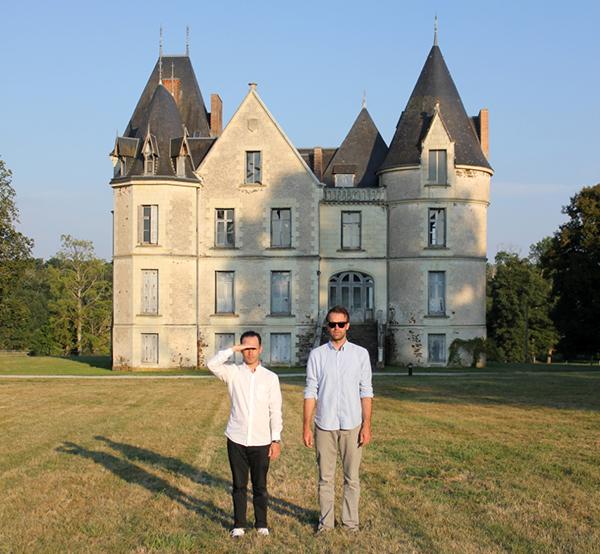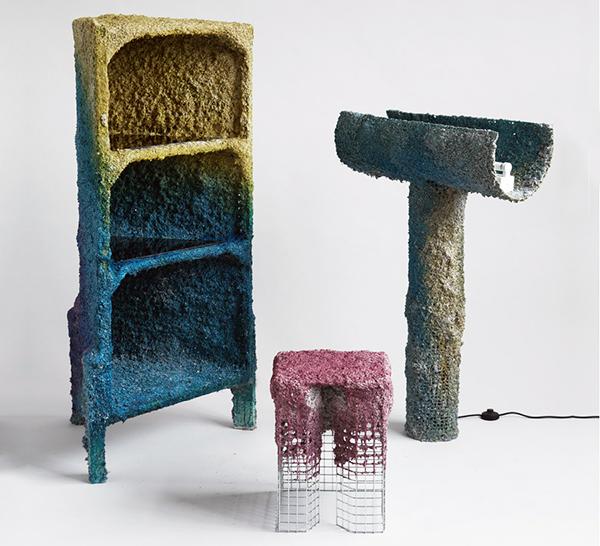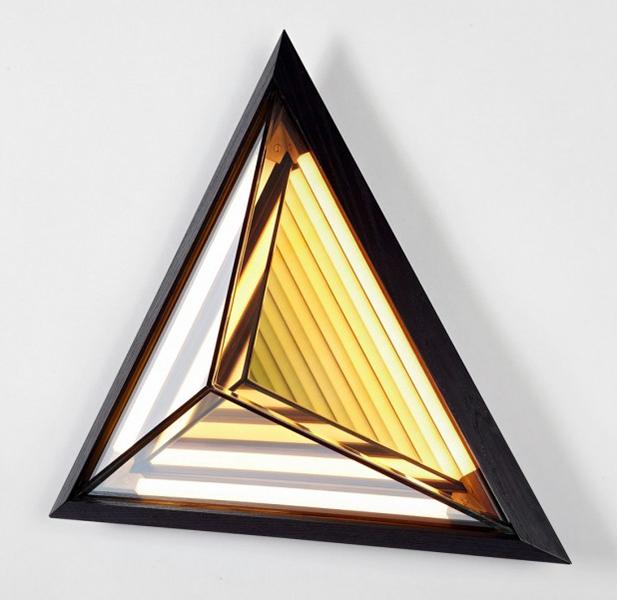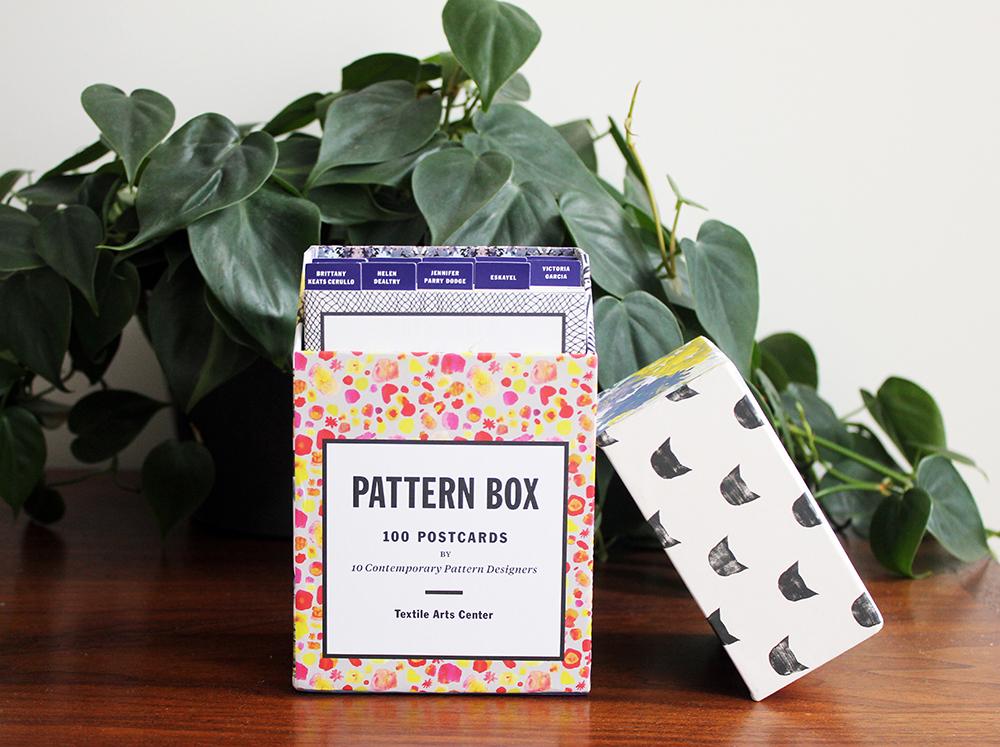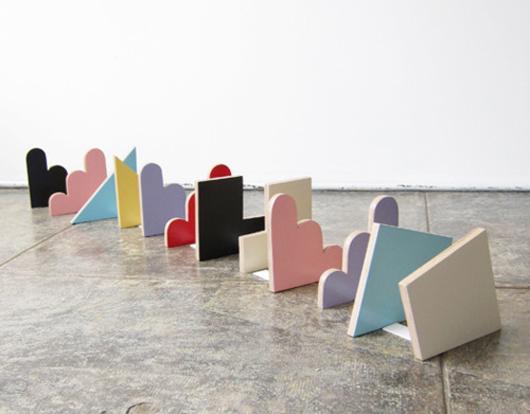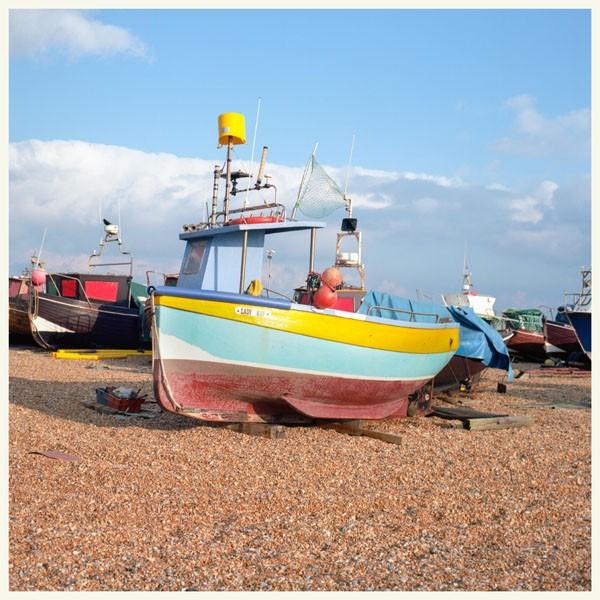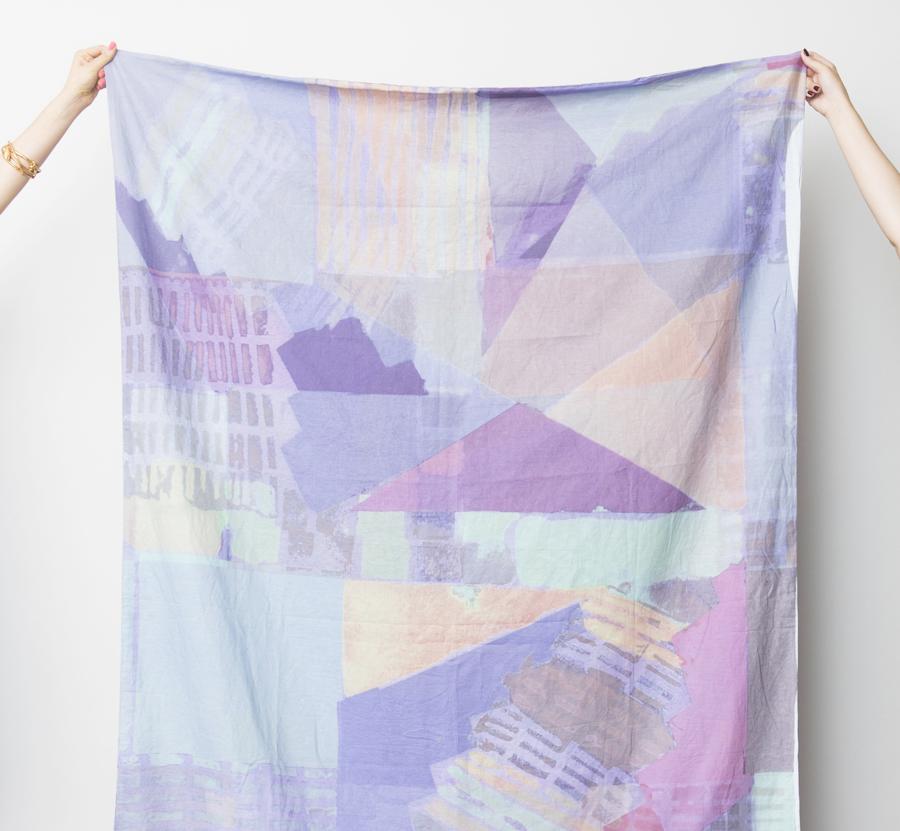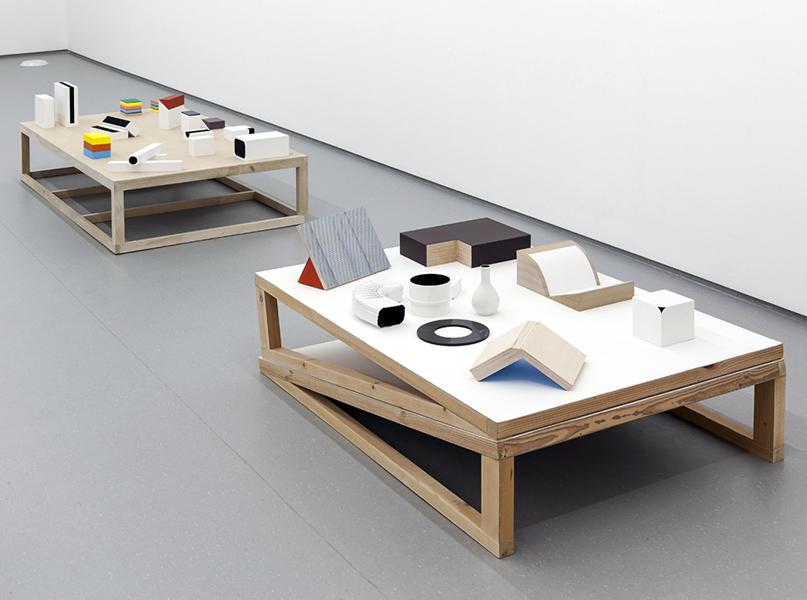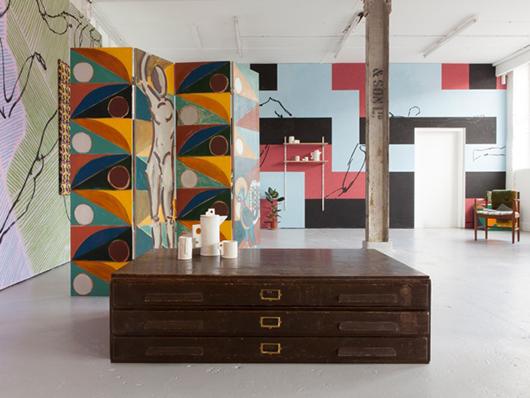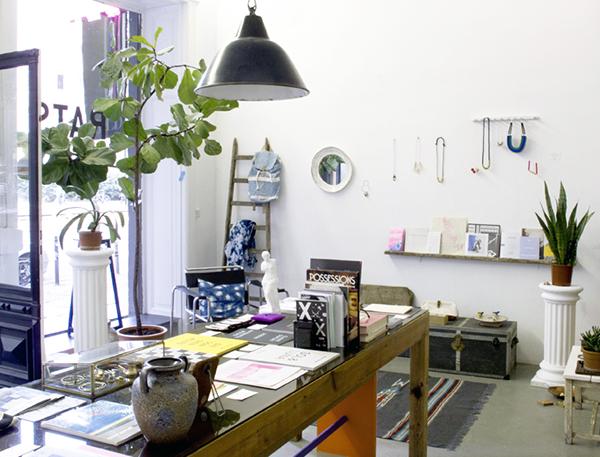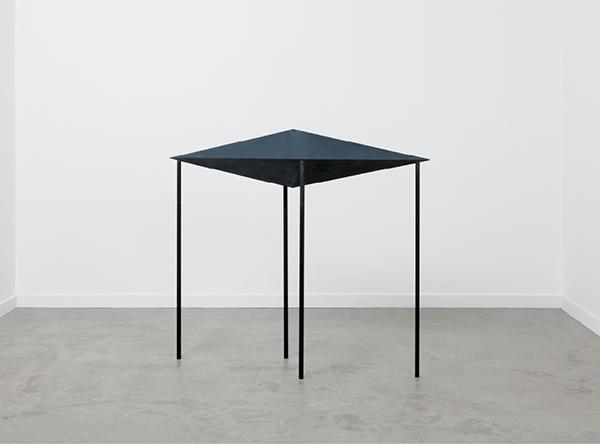
09.06.13
Excerpt: Exhibition
Jonathan Muecke for Volume Gallery
Jonathan Muecke makes me anxious. I love his work so much, but I don't entirely know what it means. I love his work so much, but he barely makes any of it. I love his work so much, but I don't understand what he's doing up there in Minneapolis, keeping mostly to himself. However I suppose it's appropriate that he would cultivate the same cool, detached, mysterious air as his pieces, which — when I interviewed him for W magazine back in 2011, the first time he launched a collection with Volume Gallery — he described as "relational objects," things with unfamiliar but contextual functions like "scrambling everything in a room" or "behaving like a mass — something you don't really want to think about." To that end it may be equally appropriate (if not semi-amusing) that on the occasion of Muecke's second show with Volume, opening tonight in Chicago, curators Sam Vinz and Claire Warner asked a psychiatrist rather than a writer to interview him for the catalog, who probed him about equalizing and collapsing before concluding that "I find everything we’ve discussed completely logical, yet strange ... in the true sense of something not yet encountered, or still unknown." We've excerpted a few key moments from the conversation between Muecke and Dr. Brian Stonehocker after the jump, alongside images of all six pieces from the new series.
